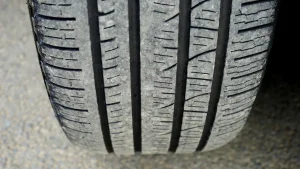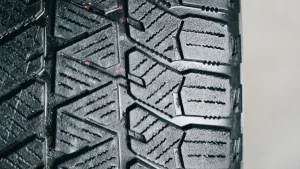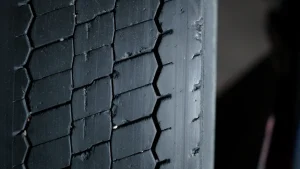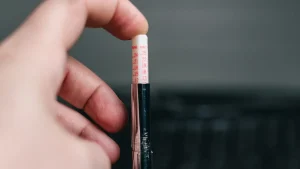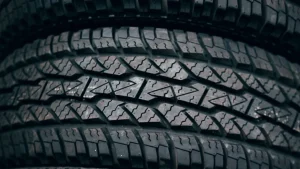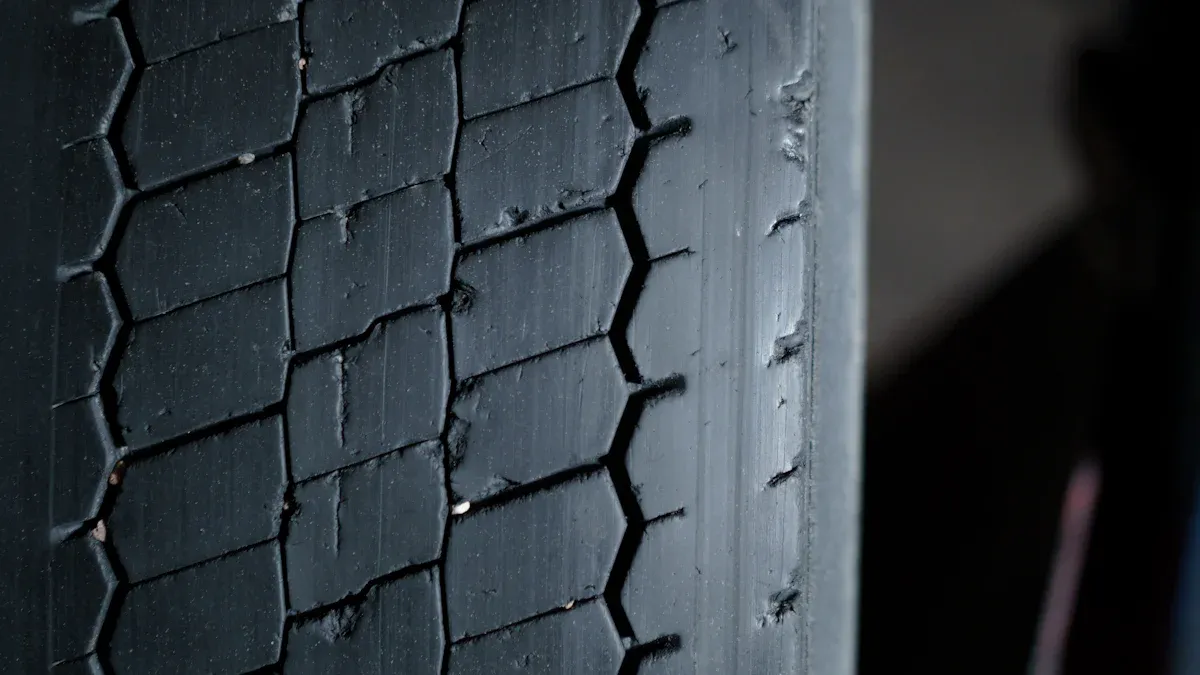
Tire tread depth is very important for your vehicle’s safety and how well it works. Measuring tread depth correctly can lower the chance of accidents a lot. For example, tires with tread depths of 0 to 2/32 inch are connected to almost 26% of crashes. Using a tire tread depth gauge often helps you keep your tires in good shape and improves your driving experience.
Key Takeaways
Check your tire tread depth at least once a month. This helps keep you safe and your car working well.
Use a tire tread depth gauge to get accurate measurements. It helps you see how much your tires are wearing down.
Low tread depth can cause more accidents and longer stopping distances. This is especially true when the roads are wet.
Safety Implications of Tire Tread Depth
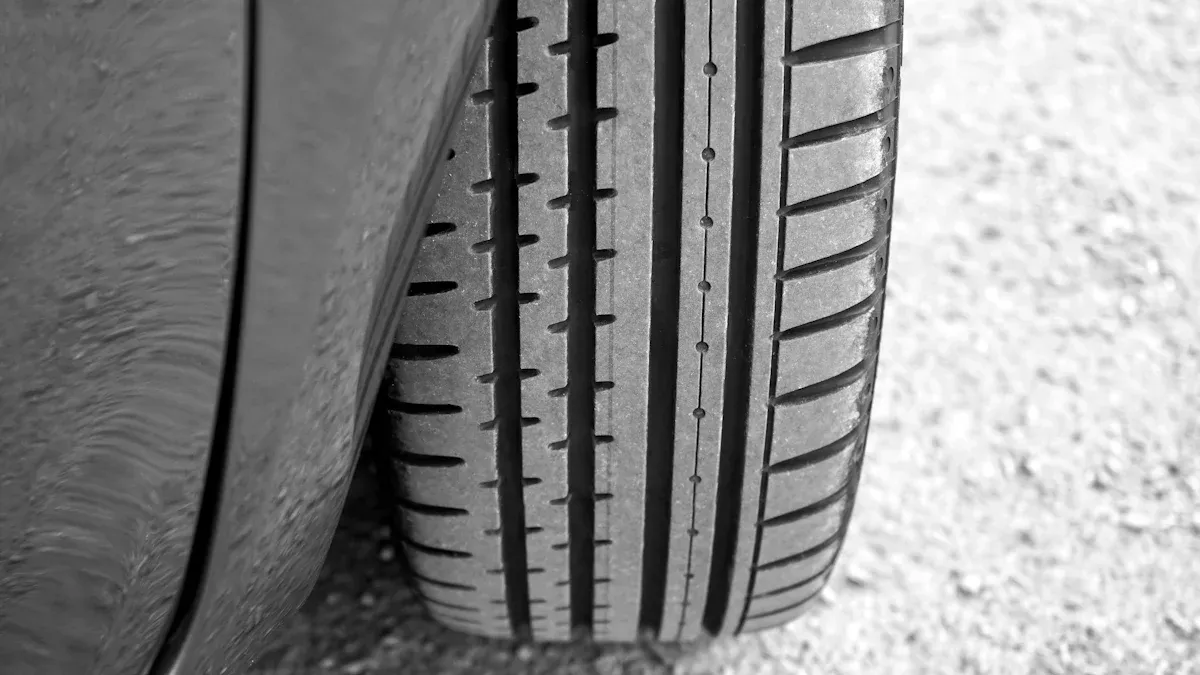
Stopping Distance and Traction
Tire tread depth is very important for how fast your vehicle stops and how well it grips the road. When the tread depth gets lower, your tires do not hold onto the road as well. This means you will need more distance to stop. For example, tires with a tread depth of 2/32 inch or less are called bald. At this point, your tires cannot push water away well. This makes it easier to hydroplane, especially when going fast.
Key Points:
Less tread depth means longer stopping distances.
Tires with less than 2/32 inch of tread can increase stopping distance by up to 50% on wet roads.
Worn tires can suddenly slide instead of grip, which slows your reaction time in emergencies.
Keeping enough tire tread depth is very important for safe driving. You should check your tire tread depth often to make sure it is safe.
Risks in Inclement Weather
Driving with low tread depth can be very dangerous, especially in bad weather. When it rains or snows, your tires need to work well to keep control. Here are some dangers of low tread depth:
Hydroplaning: Worn tires let less water escape, raising the risk of hydroplaning even at slower speeds.
Longer Stopping Distances: Tires with low tread depth take much longer to stop on wet roads. This can cause accidents.
Reduced Snow Traction: Worn tires do not grip well in snow, leading to longer stopping distances and less control.
Studies show that tires with tread depth below 2/32 inch are much more likely to hydroplane. In fact, Alabama law says that tire tread must be at least 2/32 inch to help keep roads safe.
Important Considerations:
Tread patterns are designed to improve grip on both dry and wet roads.
Good tire care and choice are key for safety in different driving conditions.
By checking your tire tread depth regularly, you can help keep your vehicle safe and working well in all kinds of weather.
Methods for Checking Tire Tread Depth
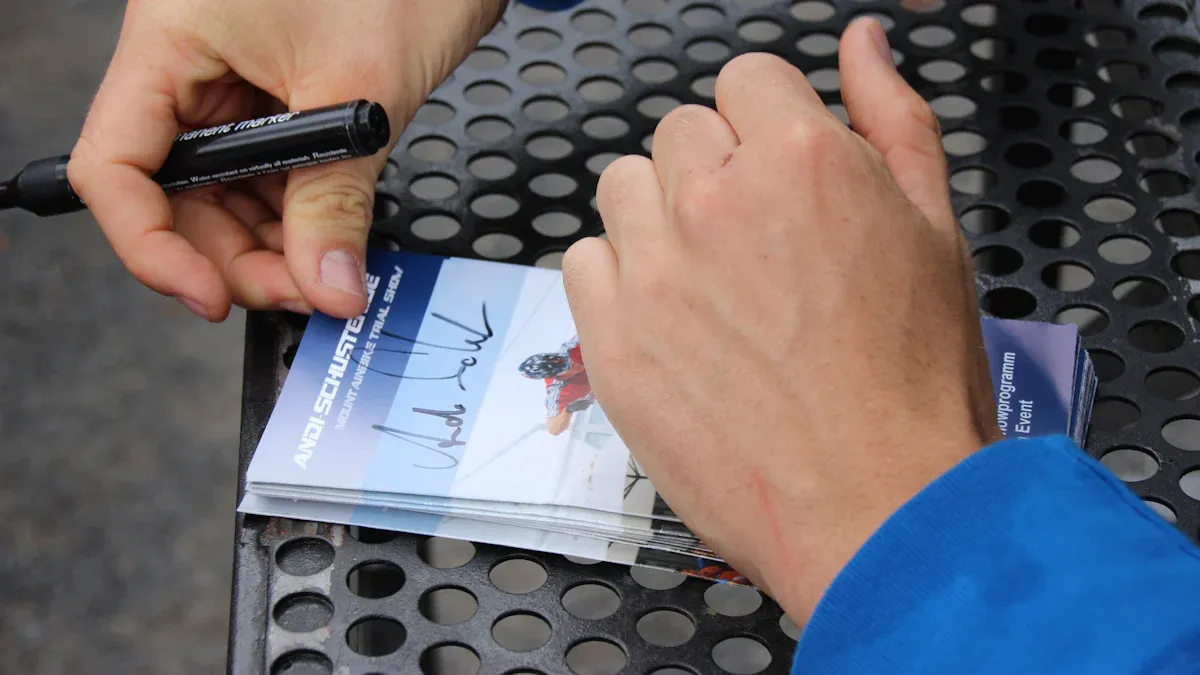
You can check tire tread depth in different ways. Doing this often helps keep your vehicle safe and working well. Here are some good methods to measure tread depth:
Using a Tread Depth Gauge
A tire tread depth gauge is the best tool for measuring tread depth. It gives exact readings in millimeters or inches. Here’s how to use it:
Get a Tread Depth Gauge: You can buy these at auto parts stores or online.
Put in the Gauge: Place the gauge into several tread grooves on the tire.
Check the Measurement: Compare the reading to the minimum tread depth suggested by the manufacturer.
Using a tire tread depth gauge gives you reliable measurements. Here’s a comparison of some recommended gauges:
Type of Gauge | Recommendation |
|---|---|
Best Digital Gauge | GODESON Tire Tread Depth Gauge |
Best Analog Gauge | JACO B0BHKCQR5R |
Best Multi-Tasking Gauge | CZC AUTO Digital Tire Pressure Gauge |
Best Budget Gauge | Epkanty Analog, Bar-Style Gauge |
Best Gauge for a Giveaway | 100 Pieces Tyre Tread Depth Gauge |
DIY Methods for Measurement
If you don’t have a tire tread depth gauge, you can try simple DIY methods. Here are some common ways:
The Penny Test: Put a penny into the tread groove with Lincoln’s head facing down. If you see Lincoln’s head, your tread is too worn. Experts say this method is good for a quick check.
The Coin Test: Like the penny test, you can use a quarter. If you can see the top of Washington’s head, it’s time to get new tires.
Tread Wear Bars: Many tires have built-in indicators called tread wear bars. These bars show when the tread is too worn.
Safety groups suggest checking your tire tread depth at least once a month. Regular checks help make sure your tires are in good shape and can stop accidents.
Using wrong methods can cause serious problems. You might face safety risks, expensive fines, or even legal issues for not following rules. So, using accurate ways to measure tire tread depth is very important for your safety on the road.
Consequences of Neglecting Tread Depth Measurement
Increased Accident Risk
Not checking tire tread depth can raise your chance of accidents. When tires wear out, they lose grip. This makes it easier to lose control, especially on wet or icy roads. Here are some dangers of driving on worn tires:
Reduced Traction: Low tread depth makes it tough for tires to hold the road.
Hydroplaning: As tread depth gets lower, the chance of hydroplaning goes up. This can cause you to completely lose control.
Longer Braking Distances: Tests show that worn tires can make stopping distances longer by 43 percent. This means you might need an extra 87 feet to stop compared to new tires.
Driving on tires with tread depth below the legal limit can be risky. Experts say to replace tires when tread depth falls to 4/32 inch to keep performance safe.
Costly Repairs
Ignoring regular tire care can lead to expensive repairs. Letting tread depth drop too low can cause uneven wear, cracks, or blowouts. This can mean needing to replace tires early, costing you a lot of money. Here are some financial issues from not checking tire tread depth:
Increased Replacement Costs: Regular checks can help tires last longer.
Potential Damage to Other Vehicle Parts: Worn tires can mess up your vehicle’s alignment and suspension, leading to more repair bills.
Insurance Implications: Insurance companies might see ignored tire care as negligence. This can affect claims after an accident.
By checking your tire tread depth often, you can avoid these costly repairs and keep your vehicle safe on the road.
Checking your tire tread depth often is very important for safe driving. Good tread depth helps your tires grip the road better and stop faster, especially when it’s wet. Make sure to include checking your tire tread depth in your vehicle care routine. This easy step can help avoid accidents and make your tires last longer. 🚗✨
FAQ
How often should I check my tire tread depth?
You should check your tire tread depth at least once a month to ensure safety and performance.
What is the best tool for measuring tire tread depth?
A tire tread depth gauge provides the most accurate measurement. It helps you monitor tread wear effectively.
What happens if my tread depth is too low?
Low tread depth increases the risk of accidents, longer stopping distances, and poor traction, especially in wet conditions.
See Also
The Importance Of Monitoring Tire Tread Depth For Safety
Using A Tire Tread Depth Gauge For Precise Measurements
Understanding Smart Tire Tread Depth Detectors And Their Function

